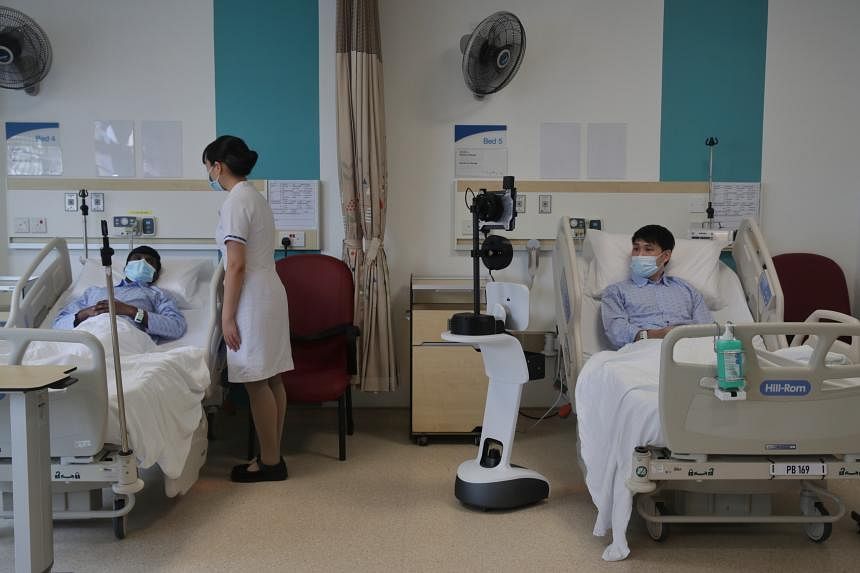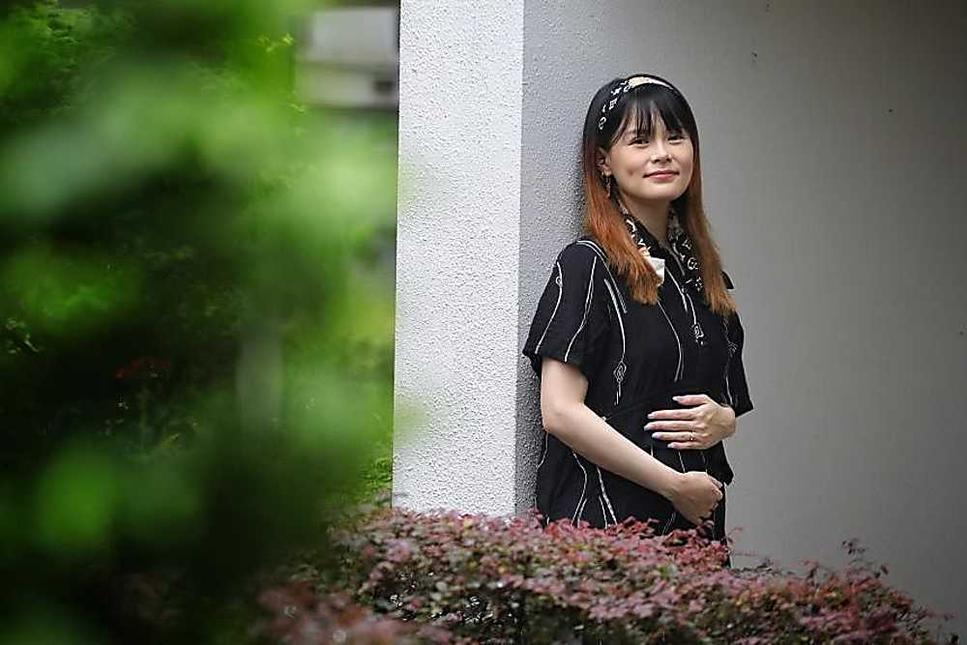Time for permanent solution to bed crunch issue for patients at emergency departments
It is never good for patients to spend long hours – or even days – in a place specifically meant for emergency treatment and not long-term care

All three public healthcare clusters say they are working with the Ministry of Health (MOH) to reduce the time it takes for patients to get a bed once the doctor at the emergency department (ED) deems that they need to be warded.
Lately, the delay in securing a bed has been exceptionally long, with some patients having to wait several days before being moved from the ED to a ward.
The long waiting time for a bed is not the same as that which people who turn up at the ED have to endure. Their wait could also run into several hours, especially if emergency treatment is not required.
The latest MOH data for the week of Oct 9 showed that on three days, the median wait time for a bed at Ng Teng Fong General Hospital – the one with the longest wait time – was more than 30 hours. So we know that on three days, at least, more than half the patients were in the ED for more than a day after a doctor decided that they should be warded.
The 35.8-hour median wait on Oct 10, a Monday, may just be a record for Singapore. I certainly hope it is, because if not, it means that such long waits are not exceptions.
It is never good for patients to spend long hours – or even days – in a place specifically meant for emergency treatment and not long-term care. There are no shower facilities in the ED, for one thing, or even enough toilets when patient numbers soar to beyond capacity.
The doctors and nurses at the ED should also not have to provide day-to-day care for patients. They should only be focusing on emergency cases.
Ng Teng Fong General Hospital is not the only public hospital where patients are stuck for days in the ED. That same week of Oct 9, there were four days when 50 per cent of patients at Khoo Teck Puat Hospital had to wait more than 20 hours in the ED before getting a bed in a ward.
The median wait time tells us how much time it took to move half the patients out of ED to a ward. It does not indicate how long the other half had to wait. To get a better handle on how long some patients have to remain in EDs, The Straits Times has tried to get the figure for the 90th percentile wait time. The Ministry of Health has yet to respond to the query which was sent three weeks ago.
Anecdotally, it seems patients sometimes remain in an ED for three or four days before being moved to a ward.
Doctors and nurses say the long wait in EDs is not new, and Covid-19 has aggravated the situation. Ideally, a patient should be out of the ED within 30 minutes of a doctor deciding that he or she should be warded.
The government and hospitals are aware of the situation. Hence, the recent call to implement a Healthier SG which, if successful, may reduce the load on hospitals. Similarly, Singapore is building more hospitals and recruiting more foreign staff. But it will take years before they would have an impact on the crunch on hospital beds.
Time for review
It might be timely now to set up a high-level task force to review the provision of healthcare in Singapore, and perhaps to come up with ways to improve the situation in the short term as well as for the longer term.
Important questions for the task force include:
- Do all patients who are in hospital really need to be there? Can some be treated outside a hospital – for example, could those from a nursing home be cared for there with help from the hospital? There are some patients who are admitted to hospitals several times a year. Are such frequent admissions the result of insufficient outpatient care or support? Can better home hospice care also reduce the number of patients needing to be hospitalised?
- Are patients who have recovered being discharged in a timely fashion? There are usually more patients discharged on Mondays – when senior doctors are back on ward rounds – than over the weekends. Sometimes, patients’ families ask for them to remain in the hospital for a little longer, because they need time to prepare the home for their care. Sometimes, it is just cheaper for the family to leave the patient in a highly subsidised hospital ward.
- Can the nursing workload be reduced with the use of technology or by getting non-nurses to take over care that does not need nursing skills? Can work, not just for nurses but also other medical professionals, be better streamlined for greater efficiency?
Such a task force will need to look at a patient’s journey from the start to the end, and re-admission if necessary. It should also look at how different hospitals address the problem, as some may already have found solutions which have not permeated throughout the system. For example, waiting times differed greatly between hospitals for the week of Oct 9. Tan Tock Seng Hospital had a median waiting time of 4.4 to 8.7 hours while it was two to 23.5 hours at Khoo Teck Puat Hospital
Singapore’s population is ageing rapidly, and generally, older people tend to be more sickly and need hospital care more frequently. If nothing is done, the bed crunch problem will only become more acute. Building more hospitals and nursing homes, and recruiting more doctors and nurses from abroad may not be enough, or may not even be the right answer.
While immediate and possibly ad hoc measures to improve the situation are certainly needed, I hope MOH and the health clusters will take a closer look at the problem and come up with a smarter, more sustainable long-term solution.
Join ST's Telegram channel and get the latest breaking news delivered to you.









No comments:
Post a Comment